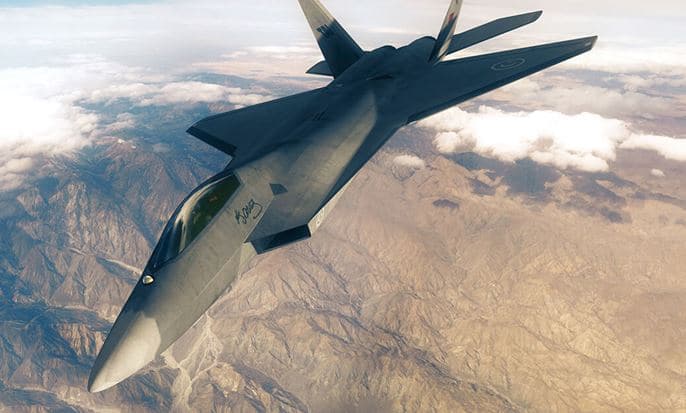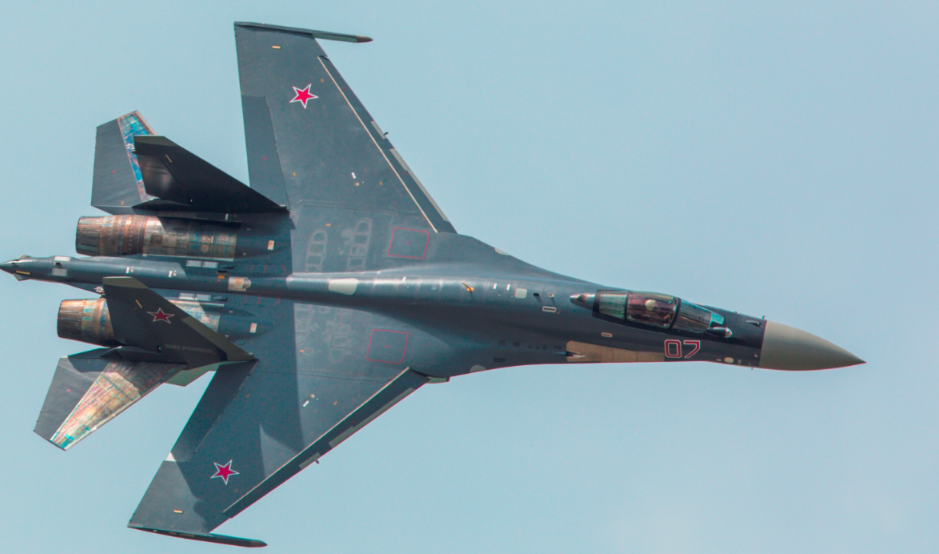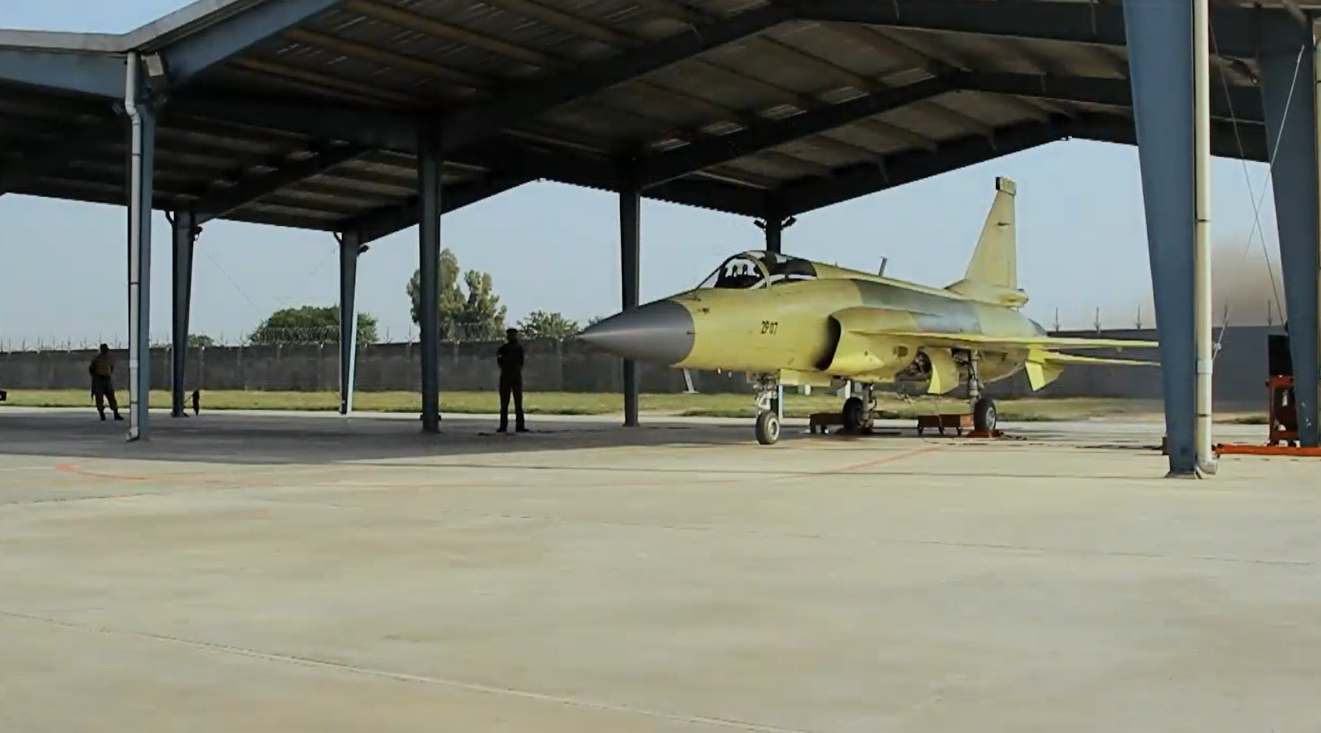2199Views 0Comments

Havelsan to Assist with TF-X Next-Generation Fighter
Turkish defence electronics manufacturer Havelsan signed an agreement with Turkey’s Presidency of the Defense Industries (SSB) to participate in the TF-X, the country’s next-generation fighter.
The Chairman of the SSB, İsmail Demir, said that Havelsan will work with the main contractor of the TF-X, Turkish Aerospace Industries (TAI). Havelsan will bring its expertise on training, simulators and other fields to the table to develop various inputs for the TF-X.
Havelsan’s general manager, Ahmet Hamdi Atalay, said that the company was forming a team for the TF-X.
İsmail Demir said that the TF-X is ongoing, though the Turkish government and the TF-X’s contractors had to implement measures to manage the coronavirus pandemic.
Currently, Turkey is aiming to build the first prototype of the TF-X by 2023 and, in turn, carry out the first test flight of the aircraft in 2025. The first TF-X prototype will reportedly fly with two General Electric F110 turbofan engines (which may place the TF-X in a heavier category than the FC-31 and KF-X).
In addition, Turkey is aiming to fly the TF-X with an indigenous turbofan engine (currently managed by the newly established TR Motor) by 2029.
Turkey is also hoping to build a consortium supporting the TF-X with multiple countries. TAI reached out to Malaysia, while İsmail Demir said that the SSB was in talks with Pakistan, Azerbaijan and Qatar.
The Pakistan Air Force (PAF) Chief of Air Staff (CAS), Air Chief Marshal (ACM) Mujahid Anwar Khan, stated that the PAF is amenable to partnering with other countries for its own next-generation fighter needs. But to-date, the PAF has not yet signed any agreements to that effect, be it with Turkey or China.
For the PAF, a key requirement for its next-generation fighter – especially as a partnership or consortium – is that it be “ITAR-free,” i.e., not include any critical US components.
Thus, it is unlikely the TF-X will gain any traction with the PAF until there is a clear idea of the progress of TR Motor’s engine program. Until then, the PAF is likely predisposed to either folding its program with a Chinese solution, or to continue with its own design, but use Chinese engines and other critical inputs.
For More on Pakistan’s Next-Generation Fighter Plans:
- Pakistan Open Minded on Turkey’s Next-Gen Fighter TF-X
- Pakistan Makes Progress on Next-Gen Fighter Program
- Why PAC Needs In-House Development of Flight Control Systems


